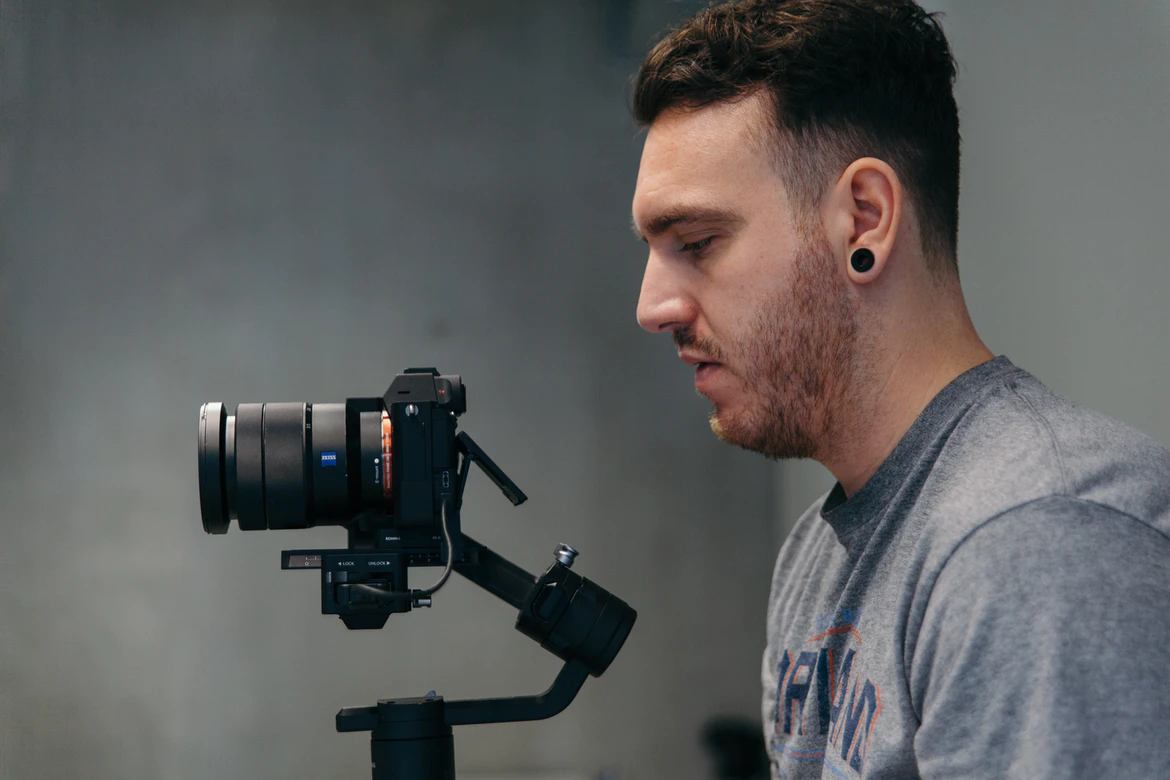What is a Director of Photography?
Demystifying the Role of the D.P.
(By Tonya Tannenbaum)
 (Photo: Vanilla Bear Films | Unsplash)
(Photo: Vanilla Bear Films | Unsplash)
In the world of filmmaking, a symphony of creative minds comes together to craft captivating visual stories. At the heart of this collaboration stands the Director of Photography, often referred to as the D.P. or cinematographer. While their work is seen on the screen, the intricacies of their role might remain hidden to many. In this article, we’ll delve into the world of the Director of Photography, exploring their responsibilities, skills, and the significant impact they have on the art of filmmaking.
Defining the Director of Photography
A Director of Photography, or D.P., is a key member of a film or television production team responsible for capturing the visual essence of a story. They work closely with the director to translate the script into a visual language, making creative decisions regarding lighting, camera angles, composition, and overall aesthetics. The D.P.’s goal is to create a visual narrative that complements and enhances the story’s emotional impact.
Roles and Responsibilities
- Visual Storytelling: The D.P. collaborates with the director to establish the film’s visual style and tone. They help convey the story’s mood, atmosphere, and emotions through visual elements.
- Camera Operation: While the D.P. may not always operate the camera themselves, they oversee camera placement, movement, and framing to achieve the desired shots. They work closely with camera operators and camera assistants to ensure technical precision.
- Lighting: One of the D.P.’s primary responsibilities is lighting design. They determine how scenes are lit, selecting the appropriate sources and setups to create specific moods, enhance character portrayal, and achieve visual consistency.
- Composition: The D.P. has a keen eye for framing and composition. They carefully choose camera angles, lens types, and shot sizes to convey information, direct the viewer’s attention, and evoke emotions.
- Color Palette: Collaborating with the production designer and costume designer, the D.P. helps establish the film’s color palette. They ensure that colors are harmonious and contribute to the desired visual impact.
- Camera Equipment: The D.P. selects the appropriate camera equipment, lenses, and accessories to achieve the desired visual effects. They may also decide on camera movement techniques, such as dollies, cranes, or handheld shots.
- Collaboration: Effective communication and collaboration with other departments, including art direction, costume design, and post-production, are essential. The D.P. works closely with these teams to maintain visual continuity.
- Problem-Solving: Challenges often arise during production, such as adverse weather conditions or unexpected technical issues. The D.P. must adapt quickly and find creative solutions to maintain the visual integrity of the project.
Skills and Qualities
To excel as a Director of Photography, individuals typically possess a combination of technical expertise and artistic sensibility. Some key skills and qualities include:
- Technical Proficiency: A deep understanding of camera technology, lighting equipment, and post-production processes is essential.
- Visual Creativity: The ability to think visually and make artistic decisions that support the narrative.
- Communication: Strong communication and collaboration skills are vital, as the D.P. works closely with the director, cast, and various crew members.
- Adaptability: The capacity to adapt to changing circumstances and solve problems on the fly is crucial in the fast-paced world of filmmaking.
- Attention to Detail: Meticulous attention to detail ensures that every shot contributes to the visual storytelling.
- Leadership: The D.P. often leads the camera and lighting departments, so leadership and decision-making skills are necessary.
In the world of filmmaking, the Director of Photography plays a pivotal role in shaping the visual language of a production. They blend technical expertise with artistic vision to create images that enhance the storytelling process. While their work may go unnoticed by many viewers, the impact of a talented D.P. can be felt in every frame of a film or television show, contributing significantly to the overall cinematic experience.



